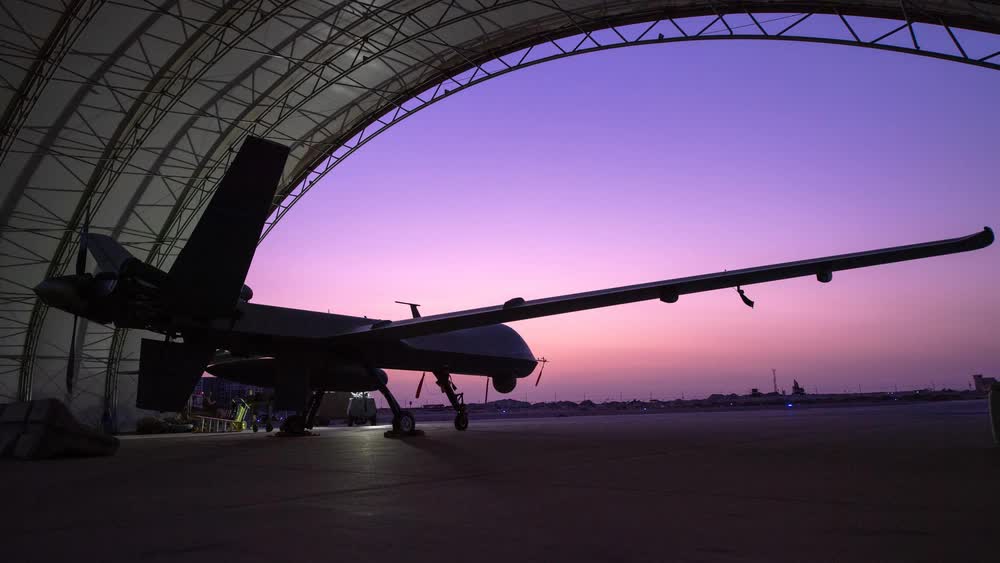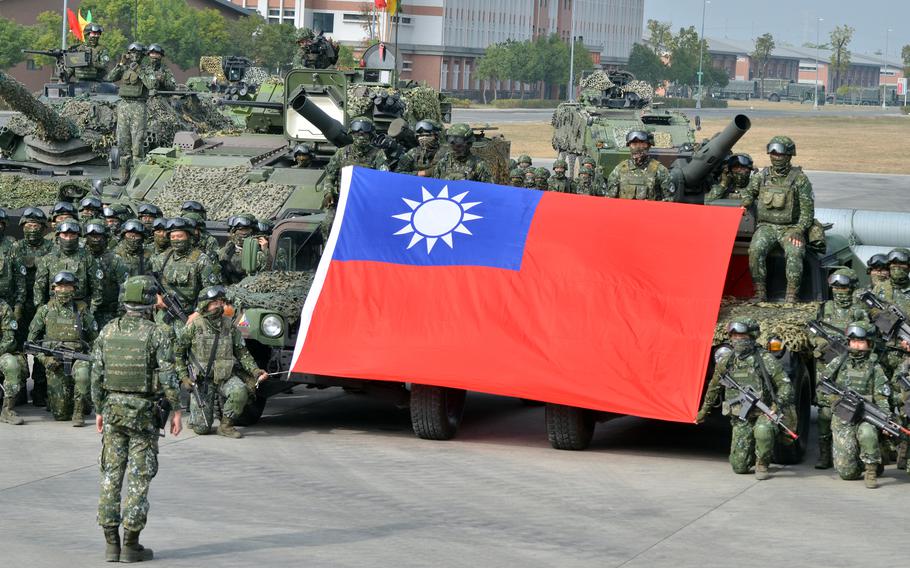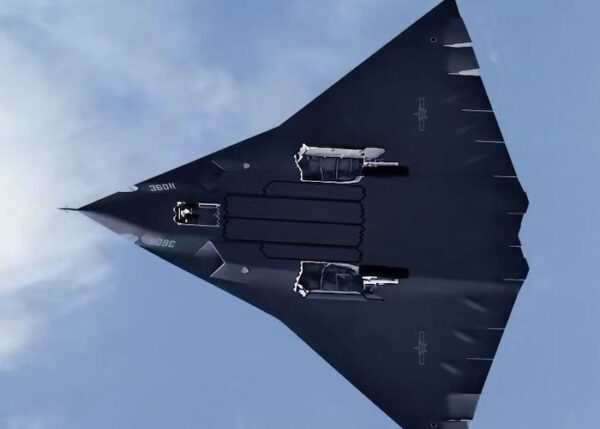What is signals intelligence and who is charged with providing it?
- By Theo Dyssean
Share This Article

The intelligence discipline – and the U.S. Intelligence Community – requires a very broad range of activity, from tasking, to collection, to processing. Within the collection slice of that intel pie, there are many and varied sub-disciplines also referred to as the INTs. One of them is signals intelligence, or SIGINT.
The Department of Defense defines SIGINT as, “A category of intelligence comprising either individually or in combination all communications intelligence (COMINT), electronic intelligence (ELINT), and foreign instrumentation signals intelligence (FISINT), however transmitted,” as well as, “Intelligence derived from communications, electronic, and foreign instrumentation signals.”
SIGINT is a pretty broad field (with several sub-fields) in an already very broad field: Although DoD lists three subdisciplines of SIGINT, there are more, (like Traffic Analysis and Electronic Order of Battle, or EOB). But beneath all the fancy definitions, SIGINT is intelligence collection through the interception of signals – whether those signals are via communications (COMINT) or electronic signals (ELINT).
SIGINT is also highly dependent on and involved with encryption, therefore it is tightly linked to cryptography and cryptanalysis.
The disciplines of cryptography and cryptanalysis are two sides of the same coin: one encodes and the other decodes, respectively. The overall importance of those two disciplines far exceeds their application to things like intelligence collection or national security. Nowadays, almost anything that involves the coded sequence of ones and zeros jumps through one hoop or the other to a certain degree.
Related: How American spies helped the UK retake the Falklands
Those responsible for collecting SIGINT

Within the United States Intelligence Community, there are several organizations, units, and platforms that provide SIGINT capabilities. The most notable, of course, is the National Security Agency, or NSA. Yet every branch of the military provides many levels of SIGINT capability, operation, and support. From strategic levels, which directly support the NSA and national policy objectives, to highly tactical elements and “frontline” units such as the Marine Corps’ Radio Reconnaissance Platoons or the Army Special Forces’ SOT-As. SIGINT trickles as far down as brigade combat teams and maneuver battalions and SIGINT troops and systems exist for direct support.
Other SIGINT platforms include such diverse systems as the now-infamous ECHELON global network, airborne Guardrail and Rivet Joint aircraft, various drones like Predators and Reapers, and even “spy ships” sporting systems like the AN/SLQ-32 electronic warfare suite.
When someone says that military intelligence is the “eyes and ears of the commander,” SIGINT is absolutely the ears.
Editor’s Note: This article was originally published in October 2021. It has been edited for republication.
Read more from Sandboxx News
- The race to field the most advanced stealth fighter engines in the world
- Section 702: A controversial but necessary intelligence authority
- The uncertain origins of the military hand salute
- The A-10’s long-delayed retirement is rolling forward. What’s next?
- Diving into Iran’s intentions following deadly drone attack on US troops
Related Posts
Sandboxx News Merch
-

‘AirPower’ Classic Hoodie
$46.00 – $48.00 Select options This product has multiple variants. The options may be chosen on the product page -

‘Sandboxx News’ Trucker Cap
$27.00 Select options This product has multiple variants. The options may be chosen on the product page -

‘Kinetic Diplomacy’ Bumper Sticker (White)
$8.00 Add to cart
Theo Dyssean
Theo Dyssean is a veteran of both the United States Army, and Air Force. He has also worked as a government civilian and contractor. He currently resides in Japan, and enjoys reading, writing, running, meeting new people, and learning new things.
Related to: Military Affairs

Drones and conscription: Taiwan is learning from Ukraine’s fight against Russia

Russia’s Su-57 Felon will never be the F-35 fighter

Grenade launchers looked to be the future of infantry weapons

It doesn’t matter if China’s new J-36 stealth jet is a fighter or a bomber
Sandboxx News
-

‘Sandboxx News’ Trucker Cap
$27.00 Select options This product has multiple variants. The options may be chosen on the product page -

‘AirPower’ Classic Hoodie
$46.00 – $48.00 Select options This product has multiple variants. The options may be chosen on the product page -

‘AirPower’ Golf Rope Hat
$31.00 Select options This product has multiple variants. The options may be chosen on the product page -

‘Sandboxx News’ Dad Hat
$27.00 Select options This product has multiple variants. The options may be chosen on the product page
